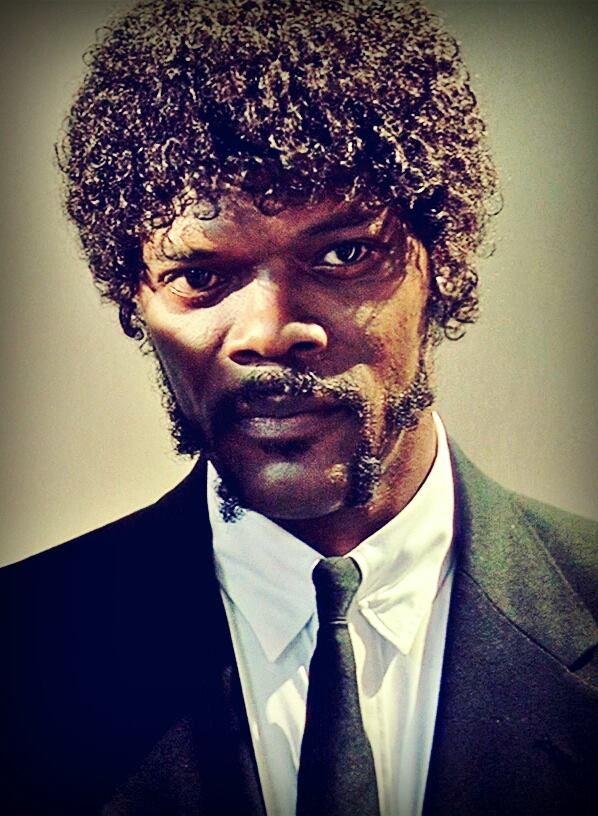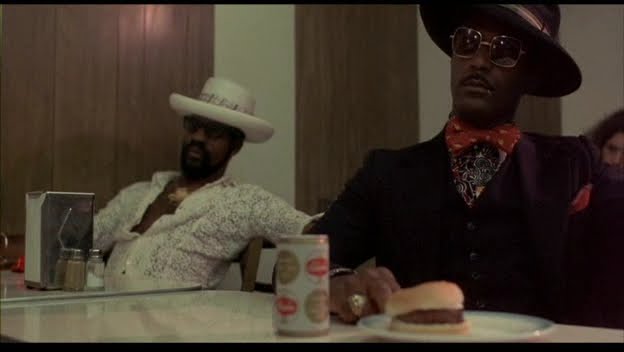In the last few weeks of both my Humanities Core and Sociology classes, the topic of race has been hotly discussed. Race has been extremely central to my life of late, there’s even been a Neo-Nazi slogan, “It’s OK to be White,” plastered all around my campus. In a world where the number of hate groups in the U.S. has increased two years in a row, white people apparently feel more attacked than ever. The entire conflict is as confusing as it is important, and with so many different opinions to track and groups to monitor, making sense of it all seems borderline impossible.
The idea of White Americans feeling “oppressed” while still essentially monopolizing the entire country reminded me of the arguments supporting the old Western Canon as opposed to the evolving Canon that includes a diverse background of writers. Being myself, I wondered if the Western Canon included any work that I admire, particularly movies, but after doing some research, I learned that the Western Canon doesn’t actually include film! Ridiculous! I’m confident that will change some day.
The discussions about race have inspired me to analyze how minorities are portrayed in celebrated movies. Until there is an established Western Canon for film, I will be using the IMDb top 250 movies (which is a terrible list) to select some very popular and commonly praised films to analyze.

The number one movie on the list is The Shawshank Redemption. Before I even looked at the list and chose my films to analyze, I developed the hypothesis that most of the films would portray minorities in a negative light. The Shawshank Redemption does this, but in a sly manner. While Morgan Freeman’s character, Red, is characterized as a positive influence and supportive person, in reality, he is playing out a common stereotype for African Americans. Spike Lee dubbed the term, the “Magical Negro.”
“The Magical Negro” refers to “a black character whose sole purpose is to help the white protagonist” (Daily Nation). Spike Lee even believes that this character trope is “recycling… the vanishing Indian,” which my class has mentioned in the last couple weeks when discussing Manifest Destiny in the West (Daily Nation). Both of these tropes have been established by the dominant White population, and both serve the purpose of creating a demeaning stereotype for an otherwise proud people. By manufacturing stereotypes such as these, the ruling class in the social hierarchies of their respective times are able to dominate other groups by setting them up to be secondary citizens.

The next notable film from the list that grabbed my attention is Pulp Fiction, which is ranked 7th on the IMDb list. In this movie, several important characters are Black men. The most important minority character, Jules, who is played by Samuel L. Jackson, is a hitman. His gangster boss, Marsellus Wallace, is the other Black lead. Both characters play the roles of vulgar criminals, a despicable stereotype that plagues the Black population constantly. Not only this, but the N word is used several times in the movie, very casually. By having Samuel Jackson’s character witness this and not react, the word becomes more accepted. Even if he isn’t directly saying he’s okay with it, the lack of objection to the word teaches audiences that it’s not as bad as they may think. It feels like talking about that in a Quentin Tarantino film is almost cheating, considering how his scripts are plagued with it, but that doens’t change the revolting nature of the word.

The third and final movie that I’ll be discussing is Taxi Driver, which comes in at #89 on the list. In this movie, none of the main characters are played by minorities, but the main character, Travis, observes stereotypical Black men throughout New York City. However, these caricatures of Black men may actually be less harmful than the aforementioned Black characters. In this context, Travis is racist, and he sees the Black men in the city as he believes they are, instead of how they truly are. Essentially, the men all being pimps or gangsters is a result of Travis’ fractured mind, not because every Black man in the city is really one of those. Even so, displaying any stereotypes as though they’re the standard can be extremely detrimental to the Black community. Not all people understand the influence that Travis’ character has on his surroundings, and the reality of the Black characters may go completely unobserved.
Though I thoroughly enjoy many “classic” movies and all of the characters in them, an analysis of those types of films reveals that minority characters are consistently made to be stereotypical versions of real people. Unfortunately, even if the minorities in film give off positive sensations, those characters could still be cleverly disguised stereotypes that ultimately hurt their respective populations.
P.S.
This is where I was trying to get with my previous blog posts, but I only now feel like I’ve done a good job at writing one. Thank you for reading.
